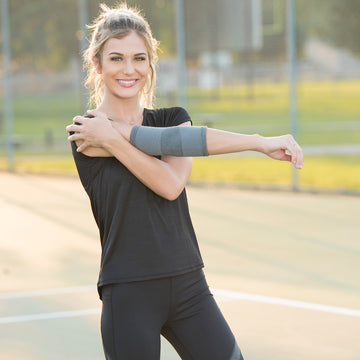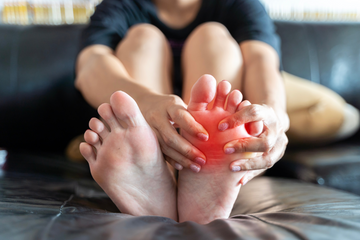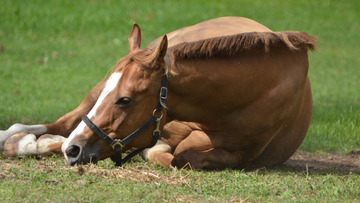The last Wednesday in April, we celebrate International Guide Dog Day. This day honors the importance a guide dog has in the life of a person who is blind or visually impaired. These dogs are smart, talented, and such loving creatures that do such amazing work, so it is important to give them acknowledgment. They do a lot for their owners, they provide consistent support, guide them throughout their day, and protect them from harm. They provide independence and social interaction. Their work has saved numerous lives, and they serve a massive role in our communities. Guide dogs are trained to avoid obstacles, cross roads safely, access public transportation, and other daily tasks.

The first service animal training schools were established in Germany during World War I, to enhance the mobility of returning veterans who were blinded in combat. In 1929 the first U.S Guide Dog Training School opened. Dorothy Harrison Eustis and Morris Frank started The Seeing Eye in Tennessee. Guide dog breeds are chosen for temperament and train-ability. Today, Golden Retrievers, Labradors, Standard Poodles and Golden Retriever/Labrador crosses are most common to be selected by service animal facilities. However, the most popular breed used today is the Labrador Retriever. This breed has quick intelligence, high energy, loyalty, and a desire to please.
Training:
As young puppies, these guide dogs are placed in the home of a volunteer, or foster family, which helps develop the dog’s social skills. After roughly one year, the dog starts more of an advanced training session — usually four-to-six months — with a professional trainer. At this time, obedience, navigating obstacles and other specialized skills, such as retrieving objects, are practiced. A harness is also introduced, since guide dogs wear them as part of their jobs. After the dog has completed this training, they will then be assigned with someone who has applied for a guide dog. Training schools educate both the dog and the owner. The dog learns to “guide” the person. The person learns to handle, communicate with, and care for the dog. During this process, a strong connection develops that enhances the relationship.
Ways to Support:
- Educating yourself to help prevent accidents, and misunderstandings.
- Donate
- Sponsor a puppy in training.
- Become a volunteer.
- Adopt a dog that could not complete their training.
- Show support to the trainers.
A canine companion also relieves depression, stress, and anxiety. Dogs are called man’s best friend for a reason. People all over the world cherish their wonderful four-legged companions, whether they are specially trained as service animals or not.
 The first service animal training schools were established in Germany during World War I, to enhance the mobility of returning veterans who were blinded in combat. In 1929 the first U.S Guide Dog Training School opened. Dorothy Harrison Eustis and Morris Frank started The Seeing Eye in Tennessee. Guide dog breeds are chosen for temperament and train-ability. Today, Golden Retrievers, Labradors, Standard Poodles and Golden Retriever/Labrador crosses are most common to be selected by service animal facilities. However, the most popular breed used today is the Labrador Retriever. This breed has quick intelligence, high energy, loyalty, and a desire to please.
The first service animal training schools were established in Germany during World War I, to enhance the mobility of returning veterans who were blinded in combat. In 1929 the first U.S Guide Dog Training School opened. Dorothy Harrison Eustis and Morris Frank started The Seeing Eye in Tennessee. Guide dog breeds are chosen for temperament and train-ability. Today, Golden Retrievers, Labradors, Standard Poodles and Golden Retriever/Labrador crosses are most common to be selected by service animal facilities. However, the most popular breed used today is the Labrador Retriever. This breed has quick intelligence, high energy, loyalty, and a desire to please.






















